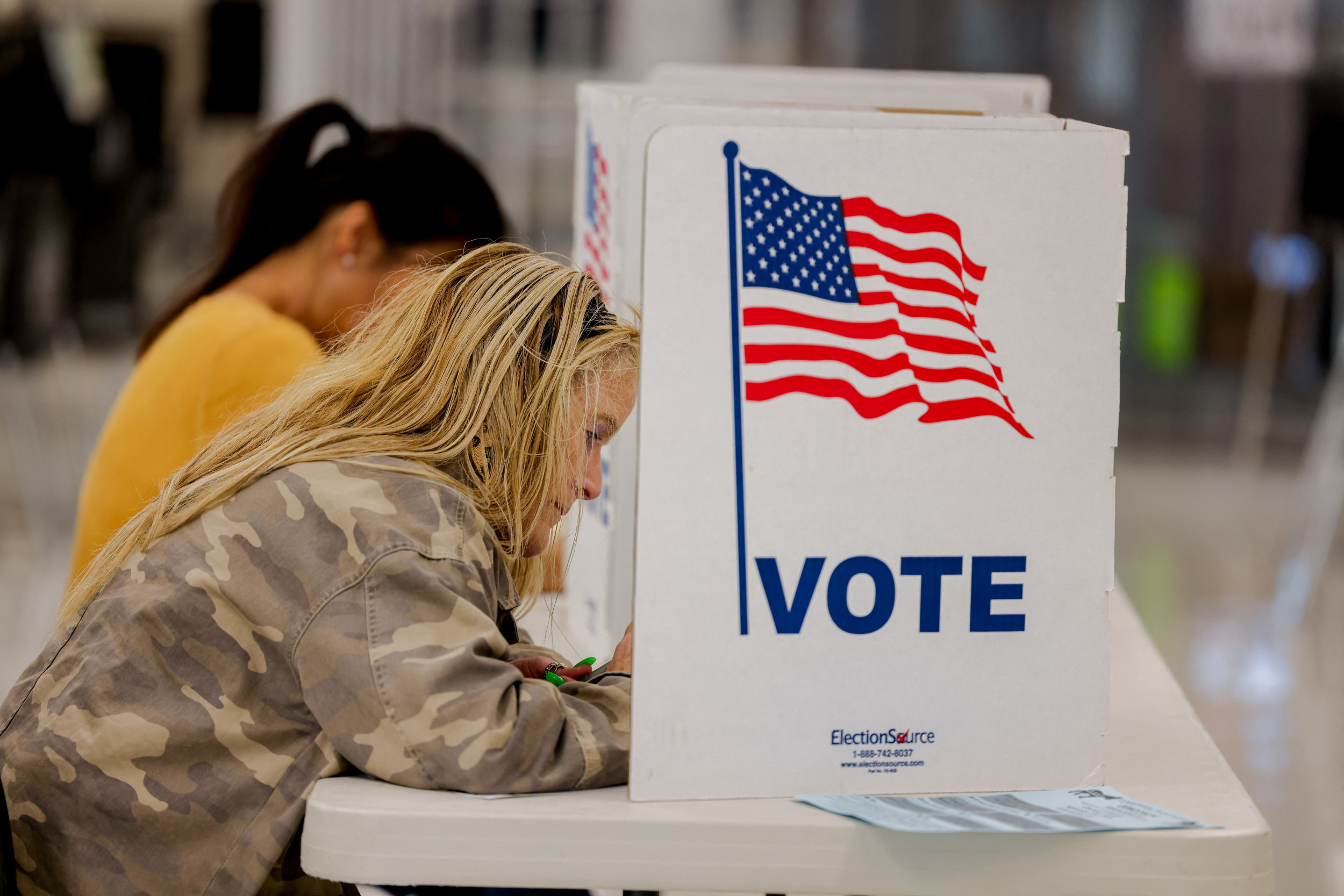The five months since the November 2024 presidential election have been among the most challenging and frequently demoralizing in the modern history of the Democratic Party. As the Trump administration unleashes its daily, and often hourly, assaults on democratic institutions and the rule of law, out-of-power Democrats are also contending with growing dissatisfaction among the rank-and-file who want party elders like Senate Minority Leader Chuck Schumer (D-N.Y.) to commit to more aggressive action. At the risk of piling on, Democrats also face another unexpected challenge—the global decline of mainstream center-left and center-right parties that America’s two-party system can only hold back for so long.
Since the Great Recession that began in 2008, many mainstream parties that have dominated political life in democracies like the United Kingdom and Germany have lost vote share and enthusiasm to upstart populist parties. This trend has transcended left-right divides in that parties on both sides of the spectrum have seen gains in many countries, as dissatisfaction with platforms and governance records of existing parties has intensified.
A woman completes her ballot at a polling booth in Fairfax on November 5, 2024.
ALI KHALIGH/Middle East Images/AFP via Getty Images
In the United Kingdom, the July 2024 general election saw the worst-ever performance for the Conservative Party, which lost a staggering 251 seats. Despite the Labor Party’s near-supermajority of seats, the combined vote share of the two largest parties was the lowest in modern history. The right-populist Reform UK Party, the successor organization to the Brexit Party, pulled more than 14 percent of the vote and won five seats, up from the Brexit Party’s 2 percent and zero seats in 2019. Perhaps even more surprisingly, the left-populist Green Party more than tripled its vote share to 6.7 percent of the vote.
A similar story unfolded in Germany last month, where the Social Democratic Party (SPD) and Christian Democratic Union (CDU) combined for their lowest total vote share since the creation of the current system in 1949. In both the U.K. and Germany, movement away from the traditional parties is being driven by young voters looking for new answers to intractable social and economic problems and not finding them from the parties that have dominated political life for decades.
What’s going on here, and will it happen in the U.S.? The liberal consensus that has dominated most democracies since World War II has frayed, and so it is no great surprise that the party system produced by that consensus is also in the process of being transformed. While several generations of democratic citizens in these countries seemed quite content to reproduce their parents’ partisanship and political loyalties, that is simply no longer the case. And the U.S. Democratic Party should take notice.
Unlike in peer democracies, there has been virtually no discernible changes in the U.S. two-party system even after what is now more than two decades of discontent with national policymaking and a collapse of confidence in institutions like Congress and the Supreme Court. So-called third parties hold zero seats in either chamber of the national legislature save for a handful of “independents” like Senator Bernie Sanders (I-Vt.), who votes with one of the two parties.
But under the hood, you can see worrisome developments for both Democrats and Republicans. Like in the United Kingdom and Germany, young voters are disproportionately likely to be dissatisfied with mainstream parties and their partisanship is dramatically weaker. In the most recent Pew survey on partisanship, 28 percent of 18-24 year-old Democrats are “leaners” rather than committed partisans, compared to just 11 percent of 60-69 year-old Democrats. The data is less stark for Republicans, but their younger voters are also less committed to the organization than older voters.
That should terrify Democrats. On the other side of the aisle, the right-populists who want major revisions to the status quo have taken over the party with the full acquiescence of older and mainstream voters, giving younger Republicans little reason to bolt the party. But Democrats are still dominated by older, hyper-cautious institutionalists who have positioned themselves as the defenders of the country’s existing (and unpopular) institutions and policies.
That leaves the party with a combustible combination of entrenched elites presiding over a rank-and-file cohort that loathes both Donald Trump and their own party. And if Democrats don’t move quickly to jettison unpopular leaders and replace them with people, like Representative Alexandria Ocasio-Cortez (D-N.Y.) who can channel public unhappiness into sustained political engagement, they will not only be very vulnerable to third party defections but perhaps even replaced by a new political party.
David Faris is an associate professor of political science at Roosevelt University and the author of It’s Time to Fight Dirty: How Democrats Can Build a Lasting Majority in American Politics. His writing has appeared in Slate, The Week, The Washington Post, The New Republic, Washington Monthly and more. You can find him on Twitter @davidmfaris.
The views expressed in this article are the writer’s own.





